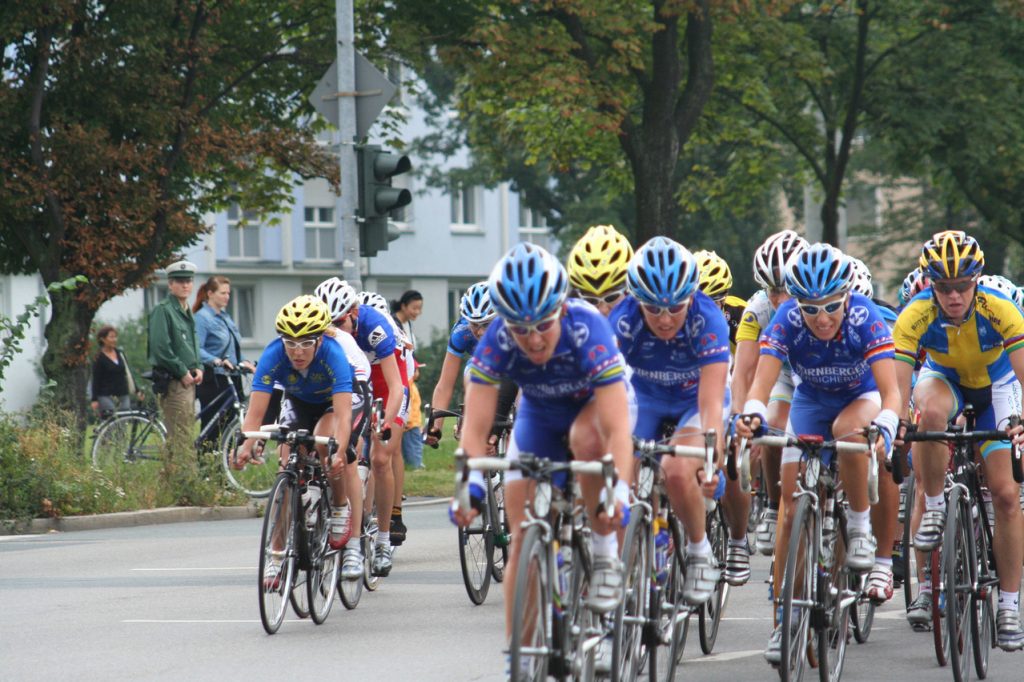
An Australian ex-professional street racer and Olympic track medalist in 2015 tried to set a new world record for distance cycled in 1 hour.
He ended up on the verge of total exhaustion.
In cycling, it is frequently said that the rider who endures longest, wins. The losers suffer plenty also.
But he achieved his aim because he pushed his body much further than many would believe possible, through sheer will.
Cycling is filled with such examples. It’s a sport that holds a unique place of admiration for people who can suffer extreme hardship, even people entangled in its dark doping past.
Voigt was one of many riders to aim for the hour record after a May 2014 rule change brought a fresh appeal.
Voigt placed the first record of the new year, at age 42 in September 2014, before immediately retiring from the sport.
Part of his strategy was to distract his mind for the complete duration of the intimidating challenge, breaking it down to 20-minute attempts.
Throughout road races, he would use the same strategy – tricking himself to “hanging on longer than I thought I could” by setting short immediate goals to achieve. The next tree, another half-mile, another signpost, yet another lap. Then repeat the technique over and over.
Marcora’s ‘psychobiological model’ states that in technical terms, the brain fundamentally plays the most significant part in restricting our ability to keep high levels of intense work.
Oxygen delivery to the muscles, glycogen levels, correct body temperature – these all play prominent roles but aren’t thought of as wholly decisive factors.
There are more straightforward, more conventional ways to improve stamina, such as intensive physical training, targeted nutrition and adhering to proper standards when in recovery.












